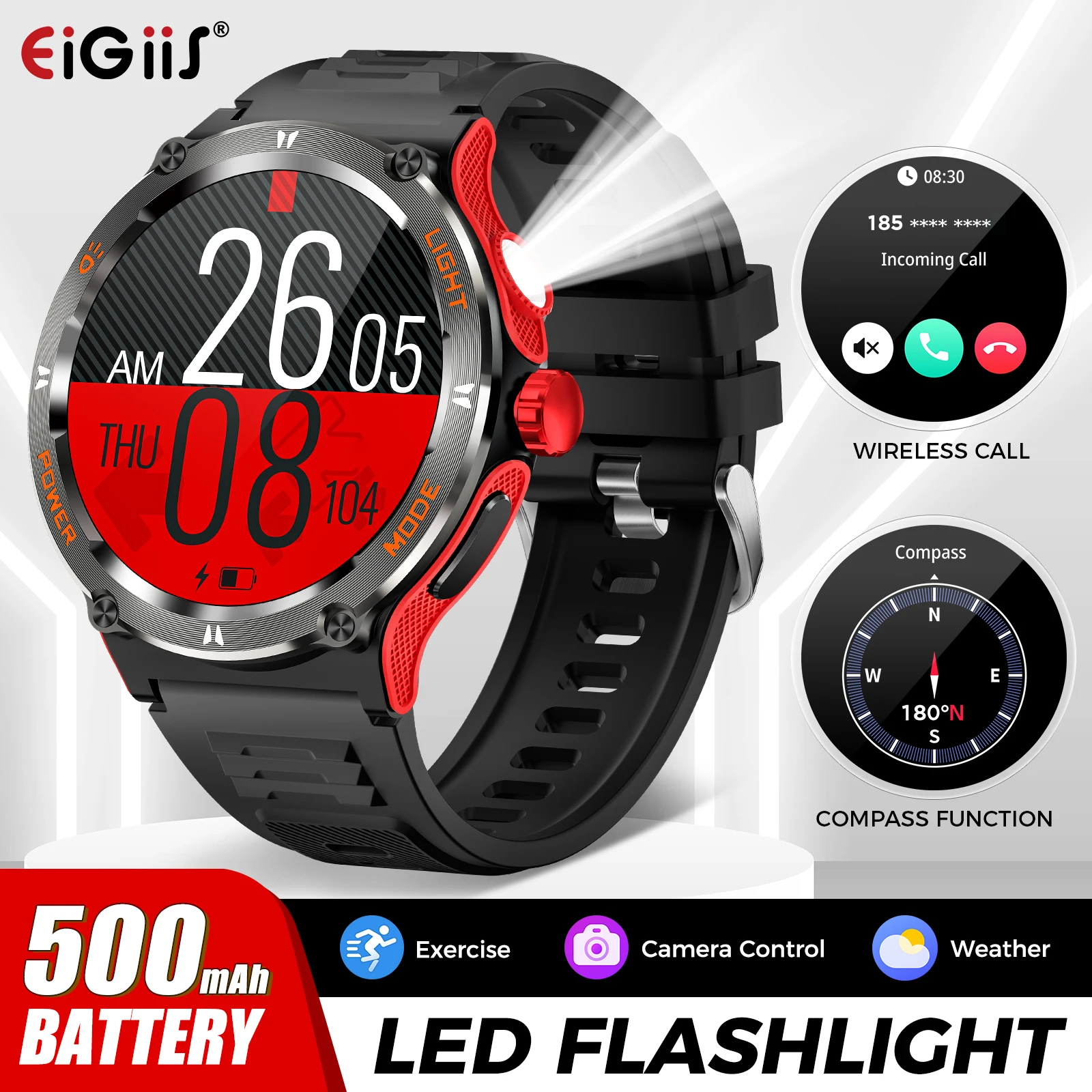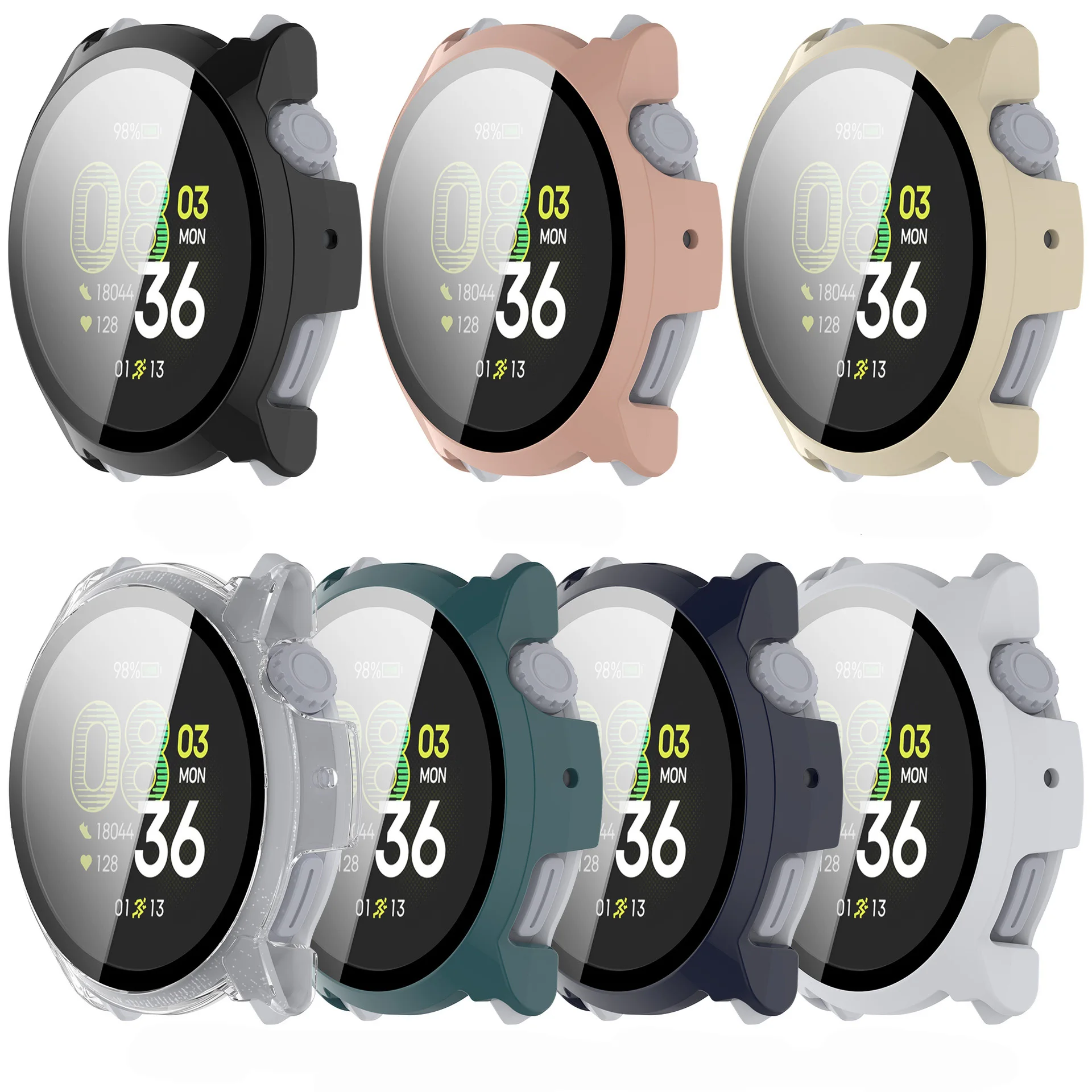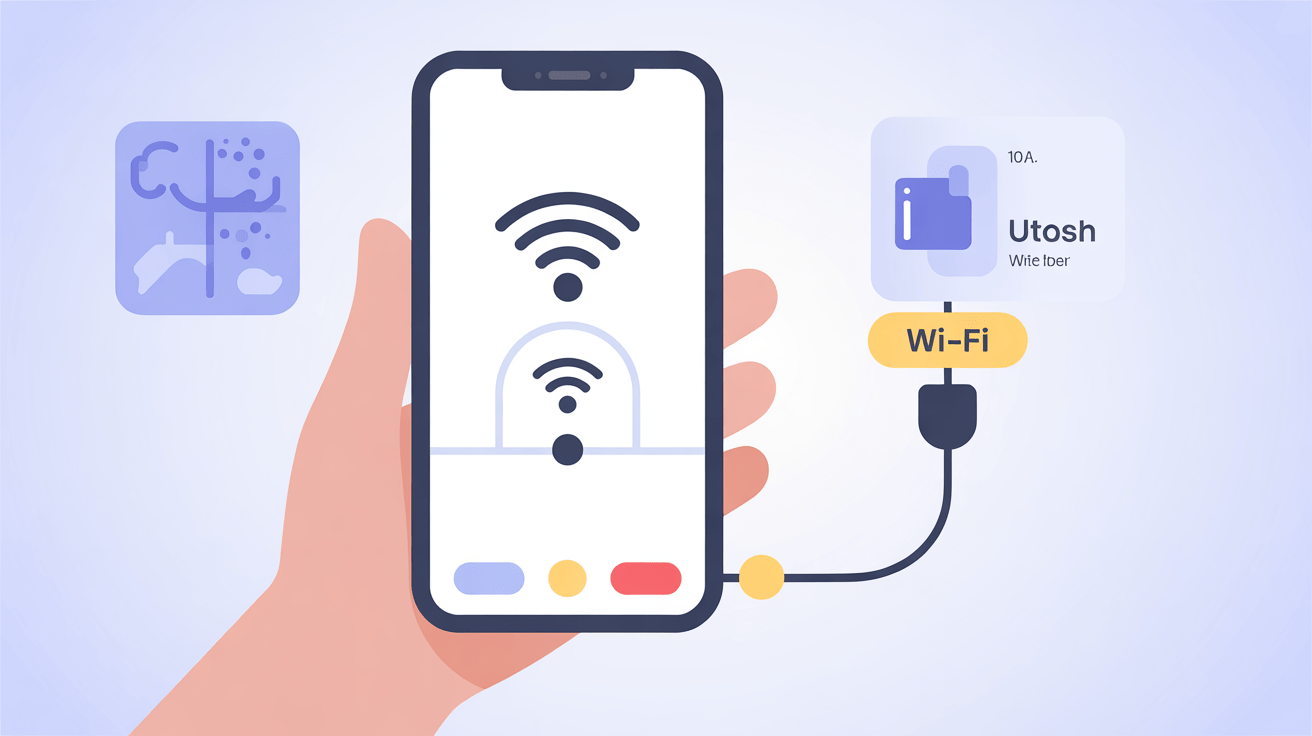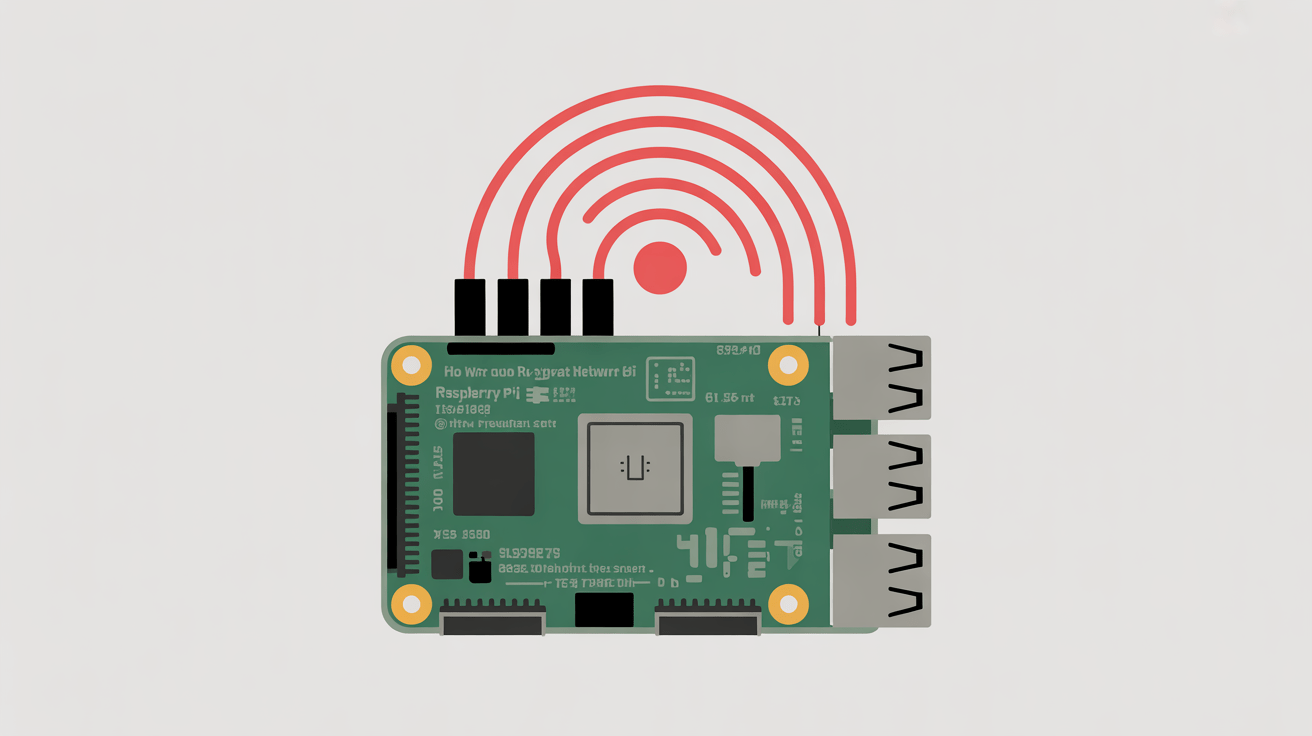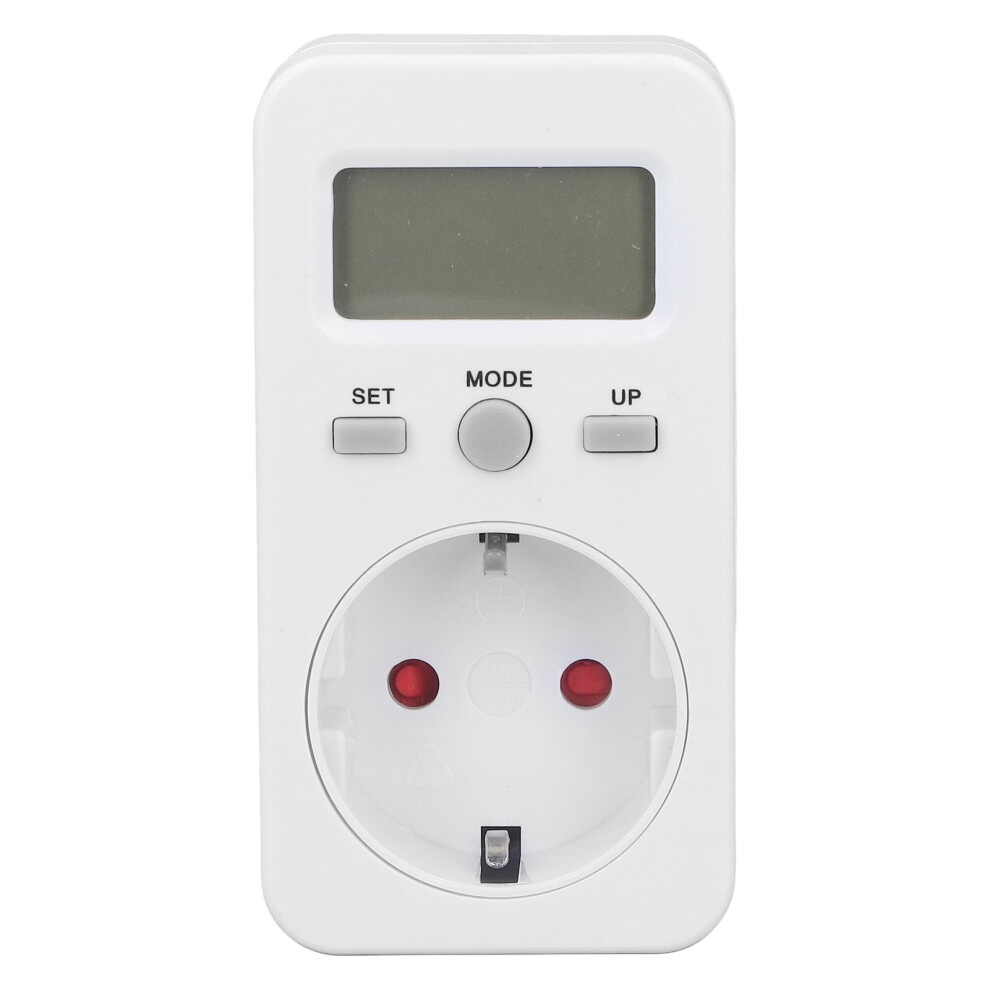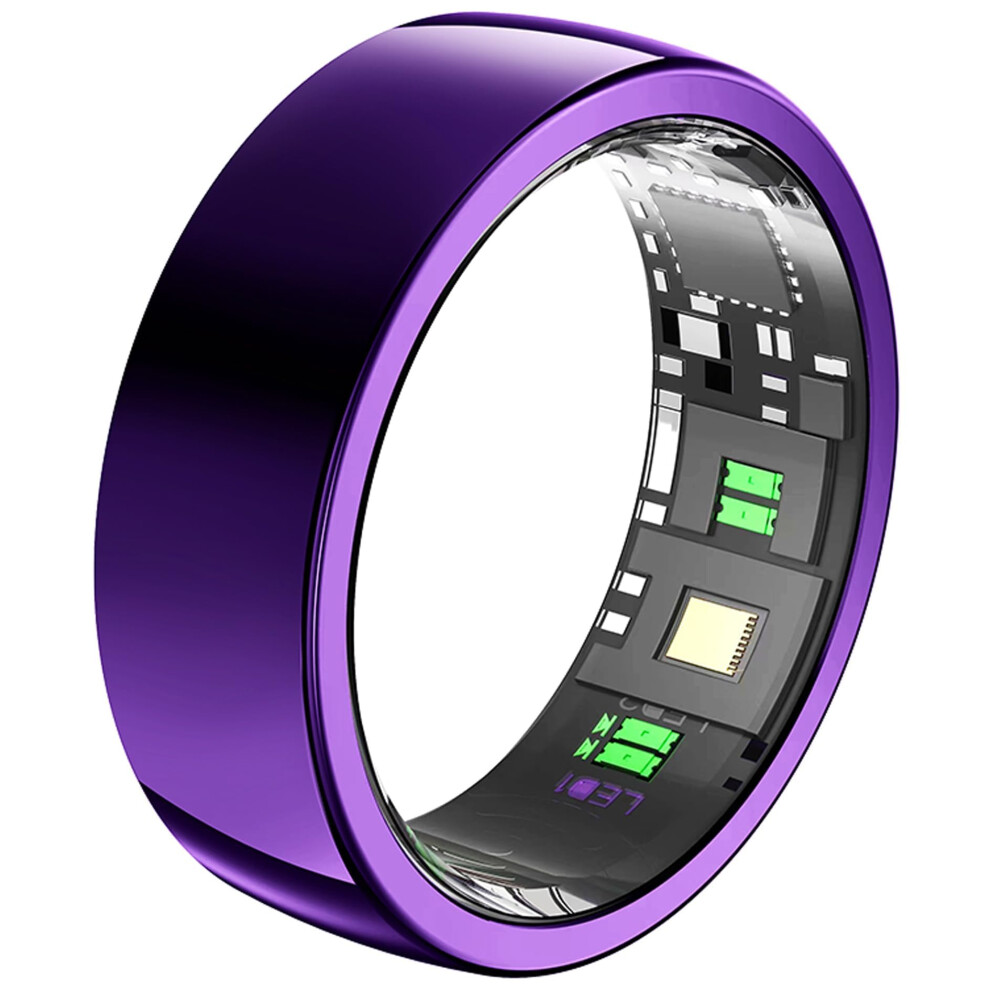
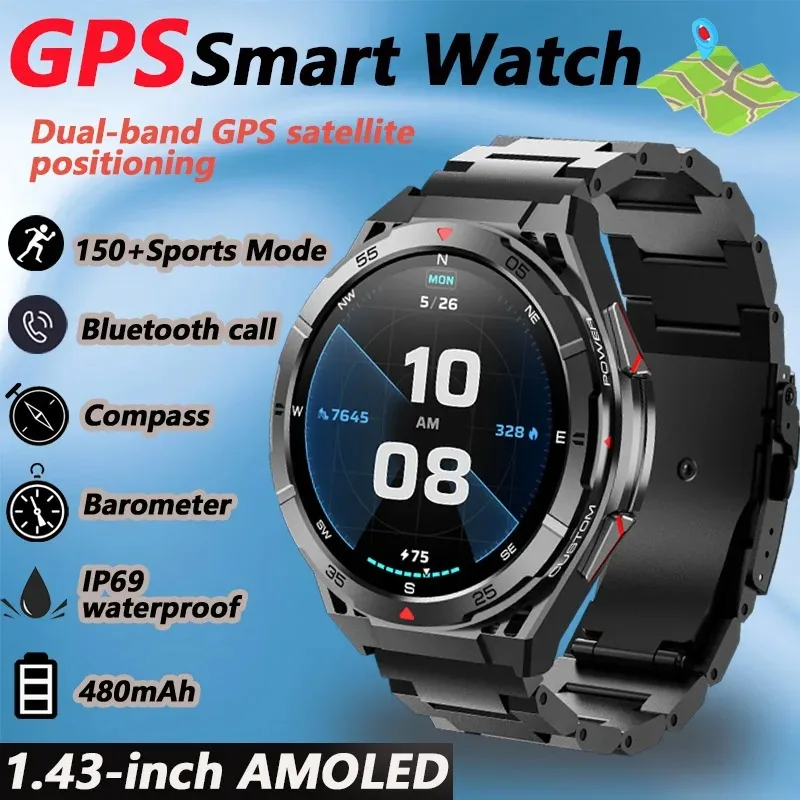

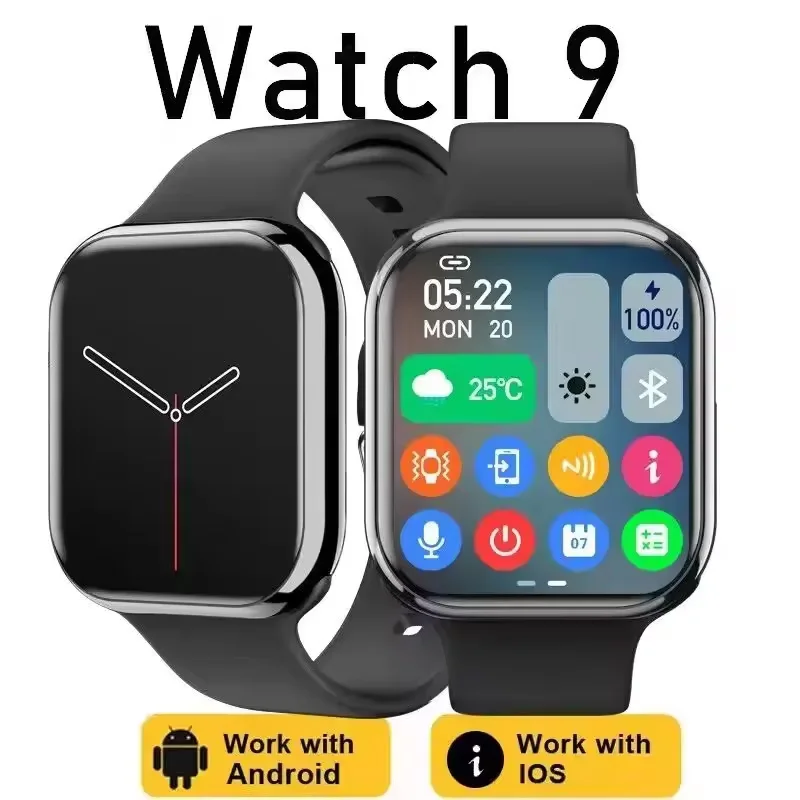
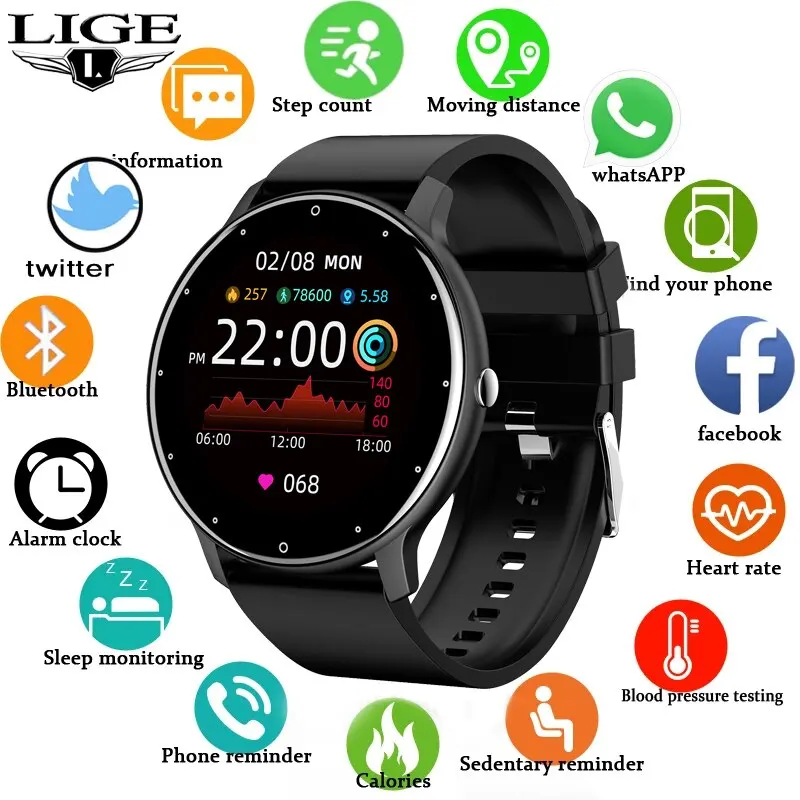
{
“@type”: “Article”,
“author”: {
“url”: “https://htexs.com”,
“name”: “Htexs”,
“@type”: “Organization”
},
“@context”: “https://schema.org”,
“headline”: “How to Evaluate Wearable Tech for Smart Purchases”,
“publisher”: {
“url”: “https://htexs.com”,
“name”: “Htexs”,
“@type”: “Organization”
},
“inLanguage”: “en”,
“articleBody”: “Discover how to evaluate wearable tech with actionable steps. Learn to assess features, test performance, and verify value for informed buying decisions.”,
“description”: “Discover how to evaluate wearable tech with actionable steps. Learn to assess features, test performance, and verify value for informed buying decisions.”,
“datePublished”: “2025-10-30T04:29:54.668Z”
}
Nearly 60 percent of consumers believe wearable technology can help improve their daily lives in meaningful ways. Whether you are tracking health, boosting productivity, or seeking smarter connectivity, choosing the right device makes a difference. Understanding your unique needs and comparing essential features helps you avoid costly mistakes and select wearable tech that truly fits your lifestyle.
Table of Contents
- Step 1: Define Wearable Tech Needs And Priorities
- Step 2: Research Available Wearable Tech Options
- Step 3: Examine Features And Compatibility
- Step 4: Test Usability And Real-World Performance
- Step 5: Verify Data Security And Privacy Standards
- Step 6: Assess Long-Term Value And Support
Quick Summary
| Key Point | Explanation |
|---|---|
| 1. Define your specific needs | Conduct a self-assessment to identify what functionalities matter most for your lifestyle and goals. |
| 2. Research available devices thoroughly | Explore different categories of wearables and make a comparison spreadsheet to evaluate key features and prices. |
| 3. Test usability in real life | Simulate daily activities to assess how well potential devices meet your practical needs during real-world use. |
| 4. Verify security and privacy standards | Investigate manufacturers’ data protection policies to safeguard your personal information and ensure compliance with regulations. |
| 5. Assess long-term support and value | Look into manufacturer support for software updates and warranty options to ensure your investment remains viable over time. |
Step 1: Define wearable tech needs and priorities
Before diving into wearable technology purchases, you need a strategic approach to understanding your unique requirements. This step helps you map out exactly what functionalities matter most to your lifestyle and personal goals.
Start by conducting a thorough self assessment of your daily activities and specific technology expectations. According to research from Northwestern University, effective wearable technology design hinges on understanding user needs across multiple dimensions including usability, functionality, durability, safety, comfort, and aesthetic appeal.
Break down your personal priorities into clear categories. Are you seeking fitness tracking? Health monitoring? Productivity enhancement? Communication convenience? Each category demands different technological features. For instance, fitness enthusiasts might prioritize heart rate monitoring and GPS tracking, while professionals might focus on notification management and battery life.
Here’s a summary of the key dimensions to consider when defining your wearable tech needs:
| Dimension | Example Needs | Relevant Features |
|---|---|---|
| Usability | Easy setup Simple controls | Intuitive UI Touchscreen |
| Functionality | Fitness tracking Health data | Heart rate Sleep monitor |
| Durability | Outdoor use Active lifestyle | Water resistance Shock proof |
| Safety | Data protection Alerts | Encryption Fall detection |
| Comfort | All-day wear | Lightweight Adjustable bands |
| Aesthetic Appeal | Style preference | Color options Slim design |
Consider your technological comfort level and integration requirements. Research suggests that technology adoption especially among diverse user groups depends on critical factors like performance expectancy, ease of use, social influence, and practical utility. This means choosing a device that seamlessly matches your existing technological ecosystem and personal preferences.
Pro Tip: Create a ranked list of must have features versus nice to have options. This helps prevent overspending on unnecessary functionalities.
Once you have clarity on your specific needs, you will be well positioned to compare different wearable tech options with precision and confidence. The next step involves researching specific device capabilities that align with your carefully defined priorities.
Step 2: Research available wearable tech options
Now that you have outlined your specific needs, its time to explore the expansive world of wearable technology. This research phase will help you discover devices that precisely match your personal requirements and technological expectations.
According to research from ArXiv, wearable technology has evolved dramatically, spanning advancements in AI, IoT, and augmented reality with diverse applications across healthcare, productivity, and personal wellness. Begin your exploration by investigating multiple technology categories smart watches, fitness trackers, health monitoring devices, productivity accessories, and emerging wearable technologies.
Look beyond basic specifications. Modern wearable devices are transforming from simple accessories to multifunctional systems. As research from Advanced Technology Studies indicates, contemporary earable devices now offer contextual awareness, interactive capabilities, and comprehensive health monitoring.
Consider consulting specialized technology review websites, professional tech blogs, and consumer electronics platforms. Pay close attention to user reviews, expert analyses, and comparative studies that provide insights into real world performance, durability, and user satisfaction.
Pro Tip: Create a comparison spreadsheet tracking key features, price points, user ratings, and compatibility with your existing technological ecosystem.
Compare devices across multiple dimensions performance, battery life, design, connectivity, specialized features, and overall user experience. By methodically researching available options, you will be well prepared to make an informed wearable technology purchase.
With your comprehensive research complete, youre now ready to evaluate specific device capabilities and narrow down your potential choices.
Step 3: Examine features and compatibility
With your initial research complete, its time to drill down into the specific features and compatibility requirements of potential wearable technology devices. This critical step ensures you select a device that seamlessly integrates with your lifestyle and technological ecosystem.
According to research from Trustable Tech, ensuring data quality in wearables involves adopting the FAIR framework Findability, Accessibility, Interoperability, and Reusability to enhance overall device integration and functionality.
Start by creating a comprehensive compatibility checklist. Evaluate how potential devices will interact with your existing smartphones, computers, and other smart devices. Check for operating system support Android, iOS, or cross platform compatibility software integrations and app ecosystem connectivity.
Research from MDPI Sensors Journal emphasizes that effective wearable design must prioritize multiple dimensions including usability, functionality, durability, safety, comfort, and aesthetic appeal. Assess each potential device against these critical criteria.
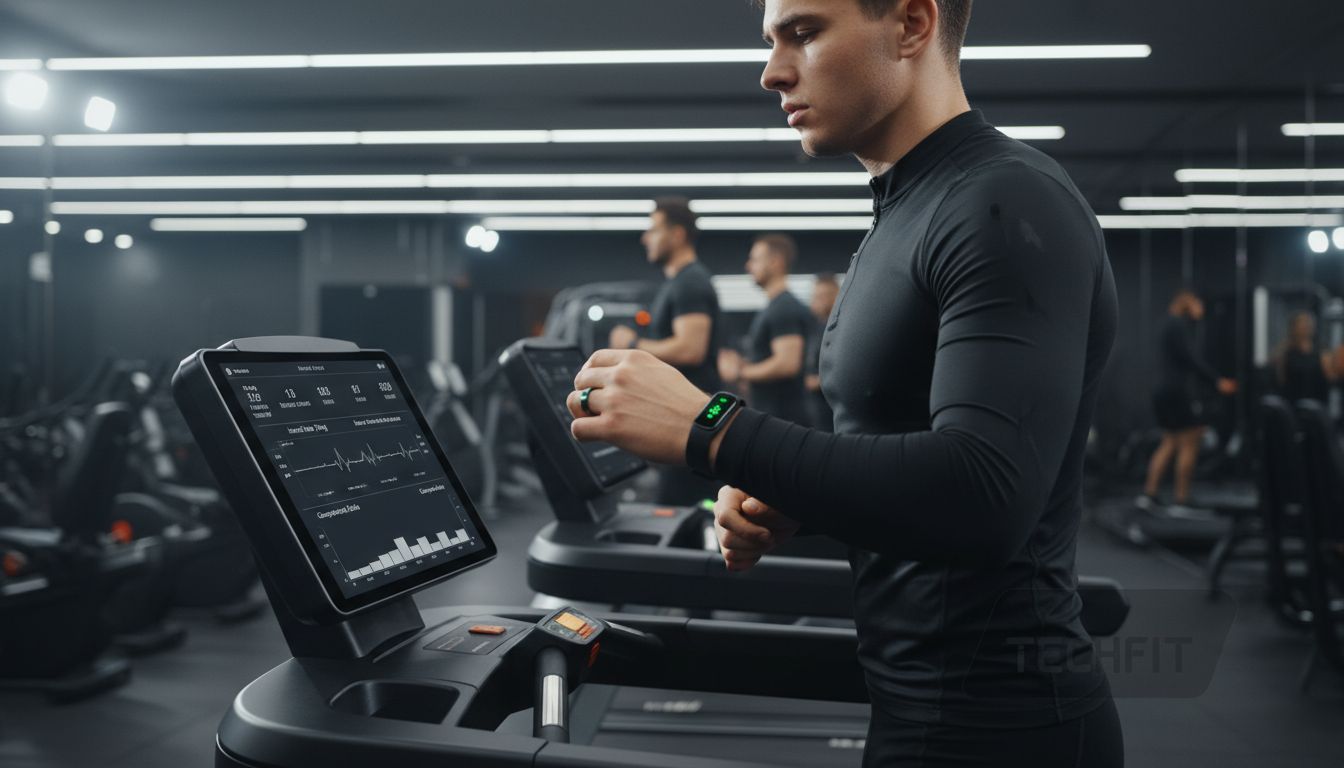
Pay special attention to connectivity features Bluetooth versions, WiFi capabilities, cellular options, and potential future upgrade paths. Consider battery life, charging mechanisms, water resistance ratings, and sensor accuracy across different usage scenarios.
Pro Tip: Request detailed spec sheets from manufacturers and compare technical specifications side by side to identify nuanced differences between devices.
Evaluate how each devices features align with the specific needs you outlined in your initial assessment.
A perfect match means the wearable technology will genuinely enhance your daily experience rather than becoming an unused gadget.
With a clear understanding of features and compatibility, youre now prepared to make an informed comparative analysis of your top wearable technology choices.
Step 4: Test usability and real-world performance
After identifying potential wearable technology options, its crucial to understand how these devices perform in actual daily use. This step helps you validate whether the technology truly meets your practical needs and expectations.
Research from ArXiv involving 320 participants reveals fascinating insights into wearable device usage patterns. The study highlighted how device placement and interaction can dramatically shift depending on time of day and specific context meaning your real world testing must simulate multiple scenarios.
Start by creating a comprehensive testing protocol that mimics your typical daily activities. If youre a fitness enthusiast, wear the device during different workout types. For professionals, test notification management and productivity features during work hours. Track battery performance, comfort levels, and actual functionality across various environments.
According to research on Frontiers in Sports and Active Living, the acceptability of wearable technology depends significantly on its real world applicability. This means going beyond technical specifications and understanding how the device genuinely integrates into your lifestyle.
Pro Tip: Document your experiences with detailed notes tracking performance metrics like accuracy, responsiveness, and user experience during different activities.
Consider borrowing devices from friends or visiting electronics stores that offer extended demo periods. Some manufacturers provide trial periods which allow comprehensive testing before final purchase.
With thorough real world testing complete, youre now equipped to make an informed decision about your ideal wearable technology investment.
Step 5: Verify data security and privacy standards
Before finalizing your wearable technology purchase, you must thoroughly investigate the devices data security and privacy protocols. This critical step protects your personal information and ensures your technological investment remains safe and confidential.
Research from DiVA Portal highlights that wearable technologies raise significant social ethical and ecological concerns particularly around data privacy. Understanding these potential risks is essential for making an informed decision.
Examine the manufacturers data protection policies carefully. Look for clear explanations about how your personal data will be collected processed and stored. Check for encryption standards two factor authentication options and transparent data sharing practices. Investigate whether the device offers local data storage options or relies exclusively on cloud based systems.
According to Trustable Tech, ensuring data quality and interoperability requires stringent privacy standards. This means verifying that the device complies with international data protection regulations like GDPR or CCPA.
Pro Tip: Request a detailed privacy policy document from the manufacturer and read it thoroughly before making your final purchase decision.
Pay special attention to the devices default privacy settings. Understand how to control data sharing permissions limit personal information exposure and manage your digital footprint effectively. Look for devices that provide granular control over what information is collected and shared.
With a comprehensive understanding of the devices security protocols you are now prepared to make a smart informed purchase that protects both your technological and personal interests.
Step 6: Assess long-term value and support
As you approach the final stages of your wearable technology selection, evaluating the devices long-term value and manufacturer support becomes paramount. This step ensures your investment remains relevant and functional well beyond the initial purchase.
Research from Occupational Medicine reveals that wearable technologies can significantly improve health outcomes and reduce care costs. However, their true value depends on integration into comprehensive improvement programs and sustained technological support.
Investigate the manufacturers commitment to ongoing software updates firmware improvements and potential feature expansions. Check their track record for providing consistent support and addressing user feedback. Look for manufacturers who demonstrate a history of continuous innovation and responsive customer service.
According to HIMSS Global Conference, wearable applications have profound impacts on clinical decision making and user experience. This means assessing not just current capabilities but potential future developments.
Pro Tip: Research the manufacturers product lifecycle history. Brands with consistent multi year support demonstrate greater reliability and long term commitment.
Evaluate warranty terms technical support options and potential repair or replacement policies. Consider the devices potential for future software compatibility and ecosystem integration. A device with robust support infrastructure represents a more strategic technological investment.
With a comprehensive understanding of the devices long-term potential you are now prepared to make a confident and forward looking purchase decision.
Make Smart Wearable Tech Decisions with Confidence
Navigating the world of wearable technology can feel overwhelming when trying to match your unique needs with the right device. This article highlighted critical challenges like defining priorities, ensuring compatibility, testing real-world performance, and safeguarding your data privacy. You may feel unsure about how to balance features, durability, comfort, and security while avoiding costly mistakes.
At HTEXS, we understand these exact concerns and provide clear, trustworthy guidance to help you choose wearable tech that fits your lifestyle and goals. Explore our Product Reviews to find expert insights and real user experiences on the latest devices. Dive into Compare Products to evaluate features side by side and discover which options offer the best value. Need actionable steps and tips for your tech journey? Check out our How to Guides for practical advice that simplifies complex tech choices.
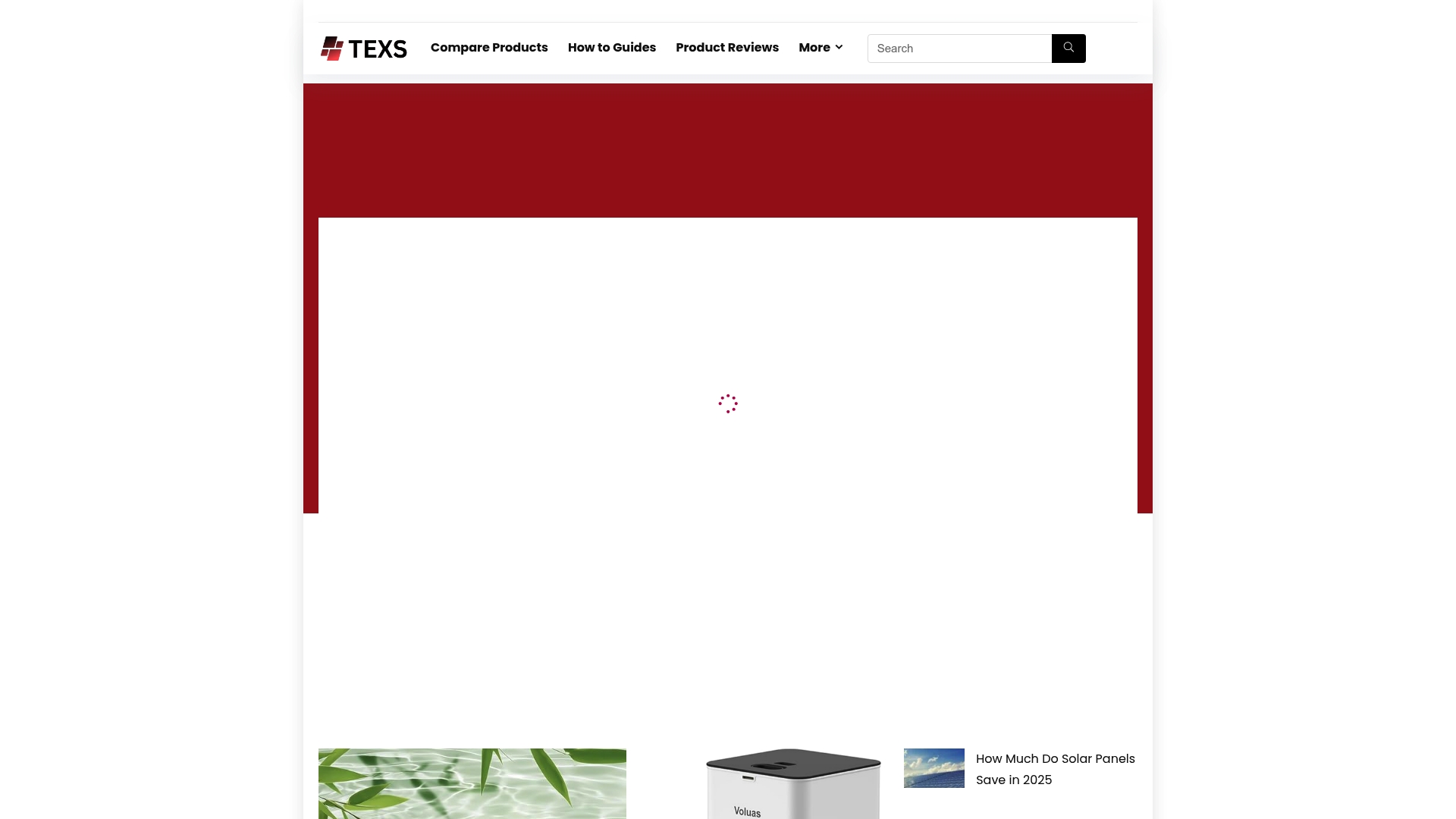
Don’t let confusion slow you down. Visit HTEXS now and tap into a wealth of knowledge designed to empower your smart purchasing decisions today.
Frequently Asked Questions
How do I define my wearable tech needs before making a purchase?
To define your wearable tech needs, conduct a thorough self-assessment of your daily activities and expectations. Break down your priorities into categories like fitness tracking, health monitoring, or productivity enhancement to identify essential features that match your lifestyle.
What features should I look for when evaluating wearable tech options?
When evaluating wearable tech options, focus on key features such as usability, functionality, durability, safety, comfort, and aesthetic appeal. Create a ranked list of must-have features versus nice-to-have options to clarify what’s critical for your needs.
How can I test the usability of wearable technology before buying?
To test usability, try to mimic your daily activities while using the wearable device. Wear it during workouts if you’re fitness-focused or during work hours for productivity tools, documenting your experiences to assess performance and comfort in real-world scenarios.
What steps should I take to verify data security and privacy standards for wearables?
Examine the manufacturer’s data protection policies closely, looking for details on how your personal information will be collected, processed, and stored. Request a privacy policy document from the manufacturer and read it thoroughly to understand what data is shared and how you can manage your privacy settings.
How can I assess the long-term value of a wearable device?
To assess long-term value, investigate the manufacturer’s commitment to ongoing software updates and customer support. Look for warranties, technical support options, and potential feature expansions to ensure that your investment remains relevant and functional for the long haul.
Recommended
- 2025 AI Smart Watch: The Ultimate Health Buddy You Didn’t Know You Needed! – htexs.com
- Our Ethical Review: Wearable Pet Activity and Stress Monitors – htexs.com

